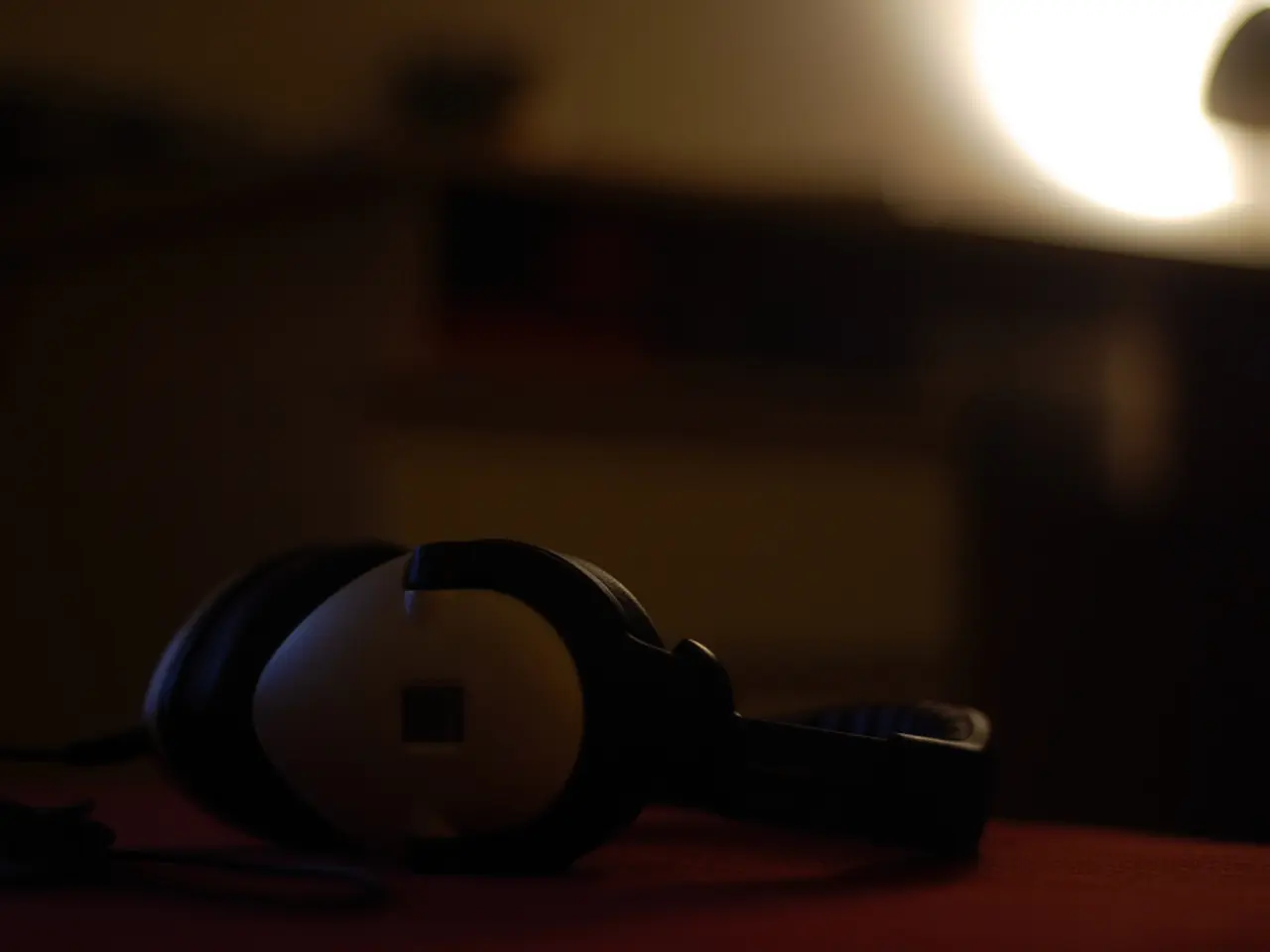Investigating the Impact of Soundproofing on Wi-Fi: Understanding the Interplay Between Quietness and Connection Strength
In modern spaces, the popularity of soundproofing is on the rise, offering numerous benefits such as privacy, productivity, comfort, and relaxation. However, this trend has raised concerns about its impact on Wi-Fi signal strength and range.
Soundproofing materials, such as acoustic foam, Mass Loaded Vinyl (MLV), and standard drywall and insulation, are designed to absorb sound waves. While they improve acoustic conditions by reducing echoes, they often have a negative impact on Wi-Fi signal strength and range. This is due to their tendency to absorb or reflect radio waves at Wi-Fi frequencies, which reduces signal penetration and range.
Impact on Wi-Fi Signal
The use of soundproofing materials can cause signal attenuation, making the Wi-Fi signal weaker after passing through them. For example, drywall typically reduces signal strength by about 3dB, while denser or thicker materials result in much higher attenuation.
In real-world tests with soundproofed environments, Wi-Fi speeds can be significantly reduced. For instance, a Wi-Fi 7 router tested inside a tight, soundproofed studio showed download speeds of only 200–250Mbps, compared to over 600Mbps in a more open area without soundproofing. This highlights how soundproofing materials block or degrade Wi-Fi signals, impacting coverage and throughput.
Balancing Soundproofing and Wi-Fi Connectivity
When adding more soundproofing, it is crucial to strike a balance between soundproofing and maintaining a good Wi-Fi signal to prevent potential Wi-Fi disruptions. In such scenarios, opting for lighter soundproofing materials may suffice in reducing noise while still allowing decent Wi-Fi access.
In soundproofed areas where dense materials are used, the 5 GHz Wi-Fi band may struggle to provide a strong connection, while the 2.4 GHz band typically has better penetration through obstacles. Utilizing devices that can automatically switch between Wi-Fi bands or configuring a dual-band router can help optimize the Wi-Fi experience in soundproofed environments.
For areas with substantial soundproofing hindrance, utilizing Ethernet connections for devices that require more stable internet access is a viable option. Implementing a Wi-Fi mesh network can also distribute the internet signal across more devices, enhancing overall connectivity despite obstacles like soundproofing.
Considerations and Solutions
Incorporating soundproofing in a home or work environment can lead to varying experiences regarding Wi-Fi performance. In a home office, heavy soundproofing materials like MLV may impede Wi-Fi performance, causing frustrating lapses in connectivity. Assessing existing materials and structure, and selectively applying soundproofing techniques that will provide acoustic benefits while also considering the materials' impact on wireless communication is essential.
Professional guidance can be useful in navigating soundproofing and Wi-Fi decisions effectively in soundproofed environments. In a professional recording studio, heavily soundproofed walls may experience notable challenges in Wi-Fi connectivity. In such cases, a combination of lighter soundproofing materials and strategic Wi-Fi placement can help maintain a stable connection.
In summary, while soundproofing materials greatly enhance acoustic conditions, they typically have a negative impact on Wi-Fi signal strength and range. When balancing soundproofing and Wi-Fi connectivity, it is essential to consider the type and thickness of soundproofing materials, the frequency band used, and the environment (open vs. enclosed spaces). By striking a balance and making informed decisions, it is possible to enjoy the benefits of soundproofing while maintaining a strong Wi-Fi connection.
[1] Source for wall/soundproofing attenuation values [2] Source for radio wave absorption by soundproofing materials [3] Source for real-world Wi-Fi speed tests in soundproofed environments [4] Source for the impact of soundproofing materials on Wi-Fi signals [5] Source for the differences between the 2.4 GHz and 5 GHz Wi-Fi bands
- Soundproofed homes, workspaces, or recording studios may require careful consideration of both soundproofing materials and Wi-Fi connectivity. While soundproofing materials like acoustic foam, Mass Loaded Vinyl, and standard drywall improve acoustic conditions, they can negatively impact Wi-Fi signal strength and range due to radio wave absorption.
- To strike a balance between soundproofing and Wi-Fi connectivity, lightweight soundproofing materials may be more suitable in some situations, as dense materials or thicker layers can significantly decrease Wi-Fi signal strength. In soundproofed areas where Wi-Fi connectivity is crucial, devices that can automatically switch between Wi-Fi bands, strategic Wi-Fi placement, and Ethernet connections for more stable internet access are potential solutions.




